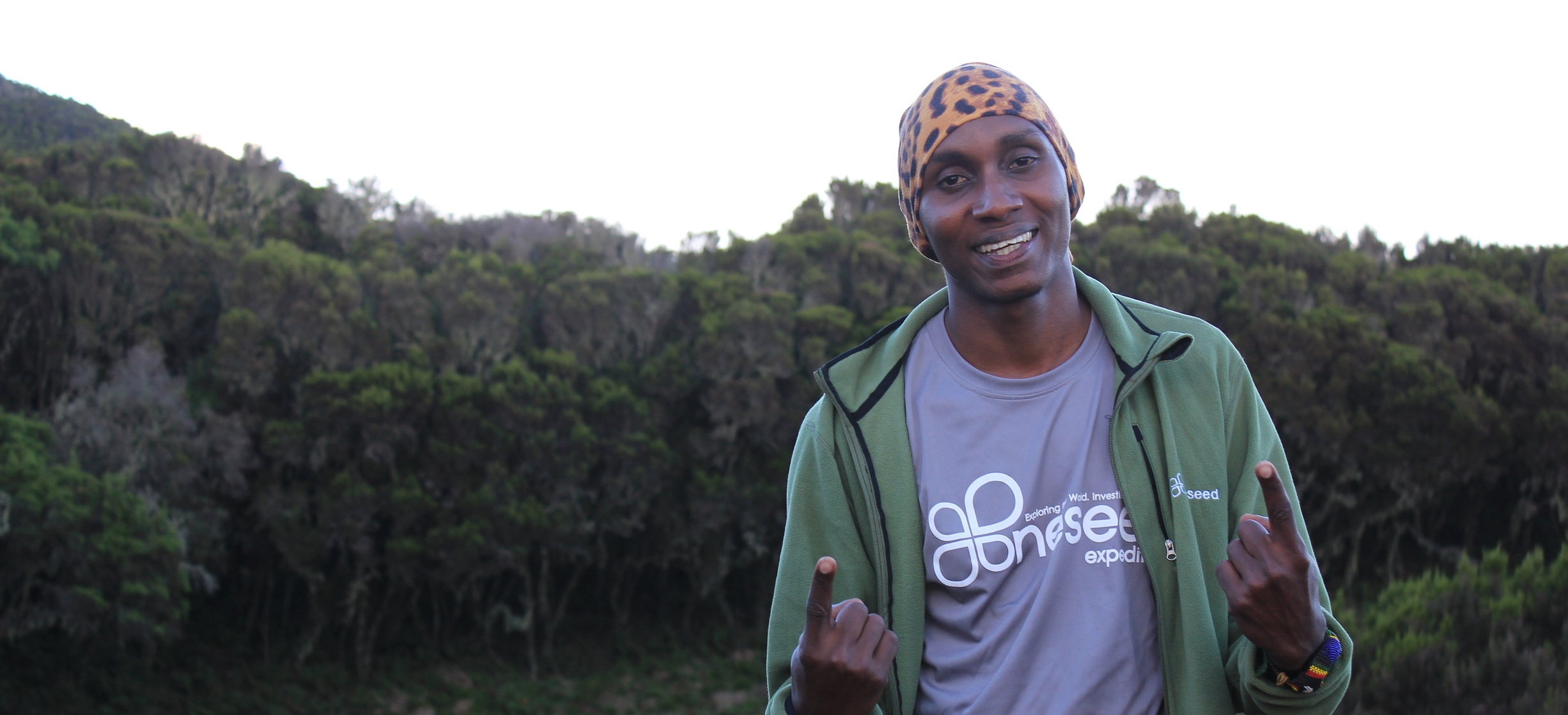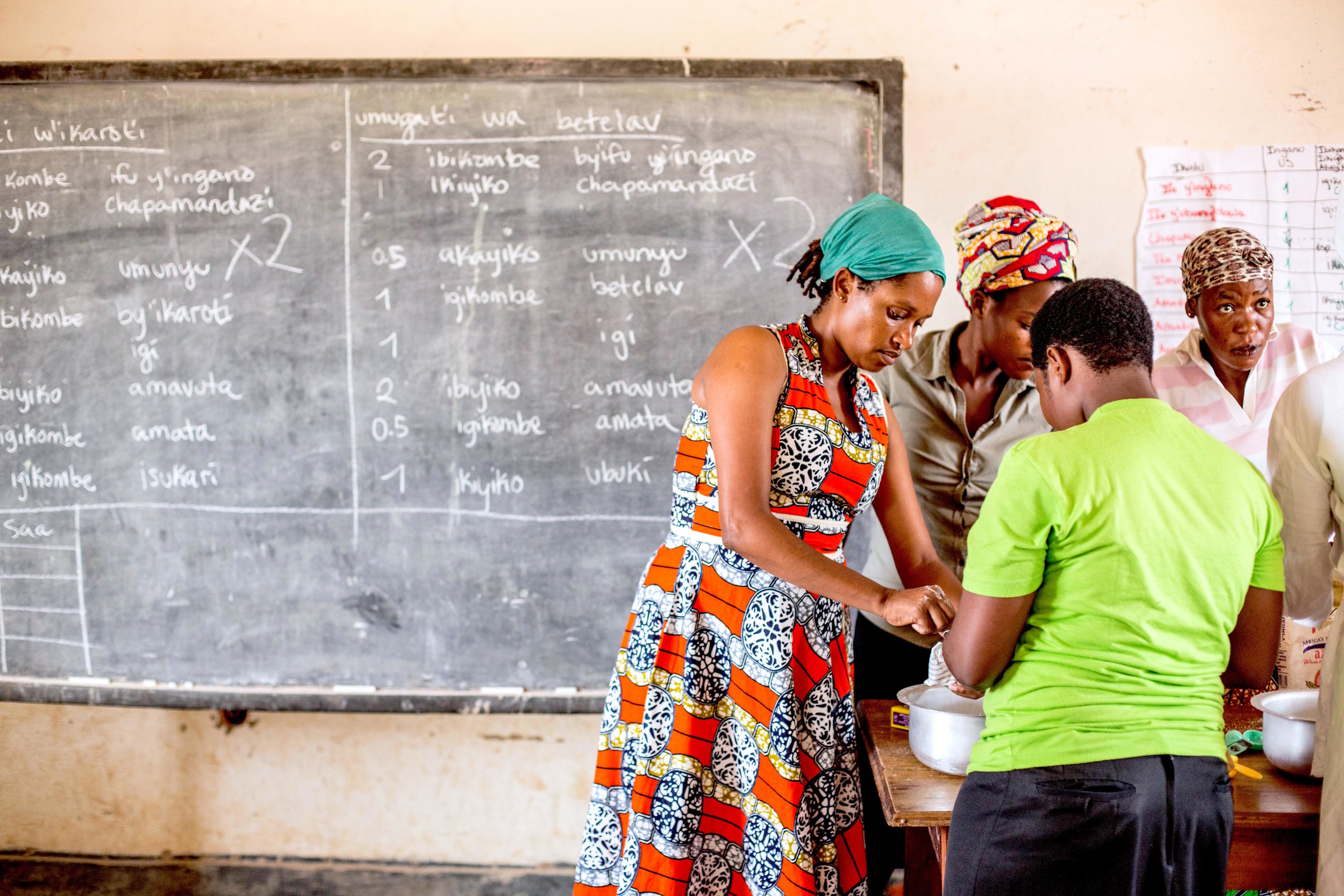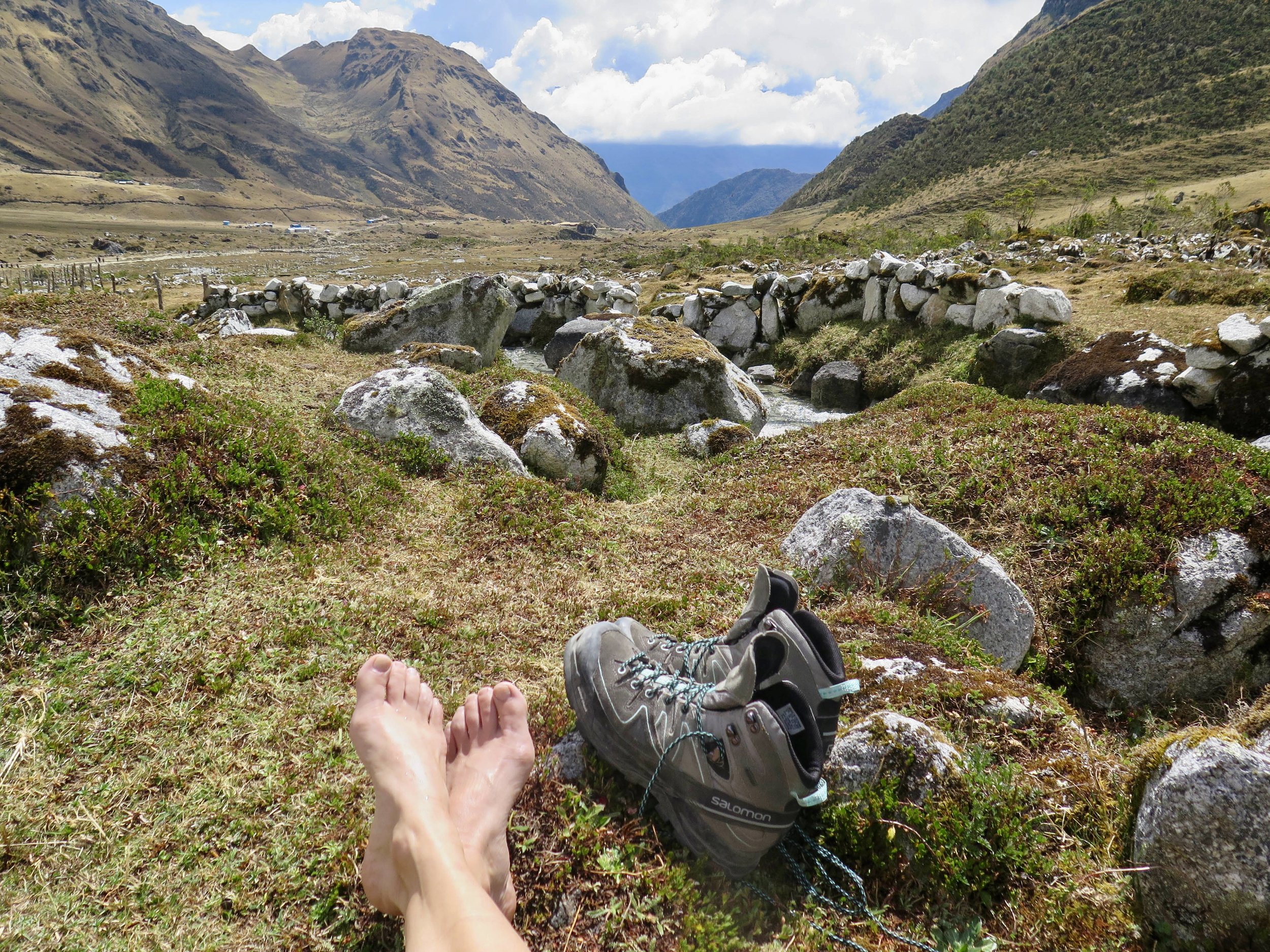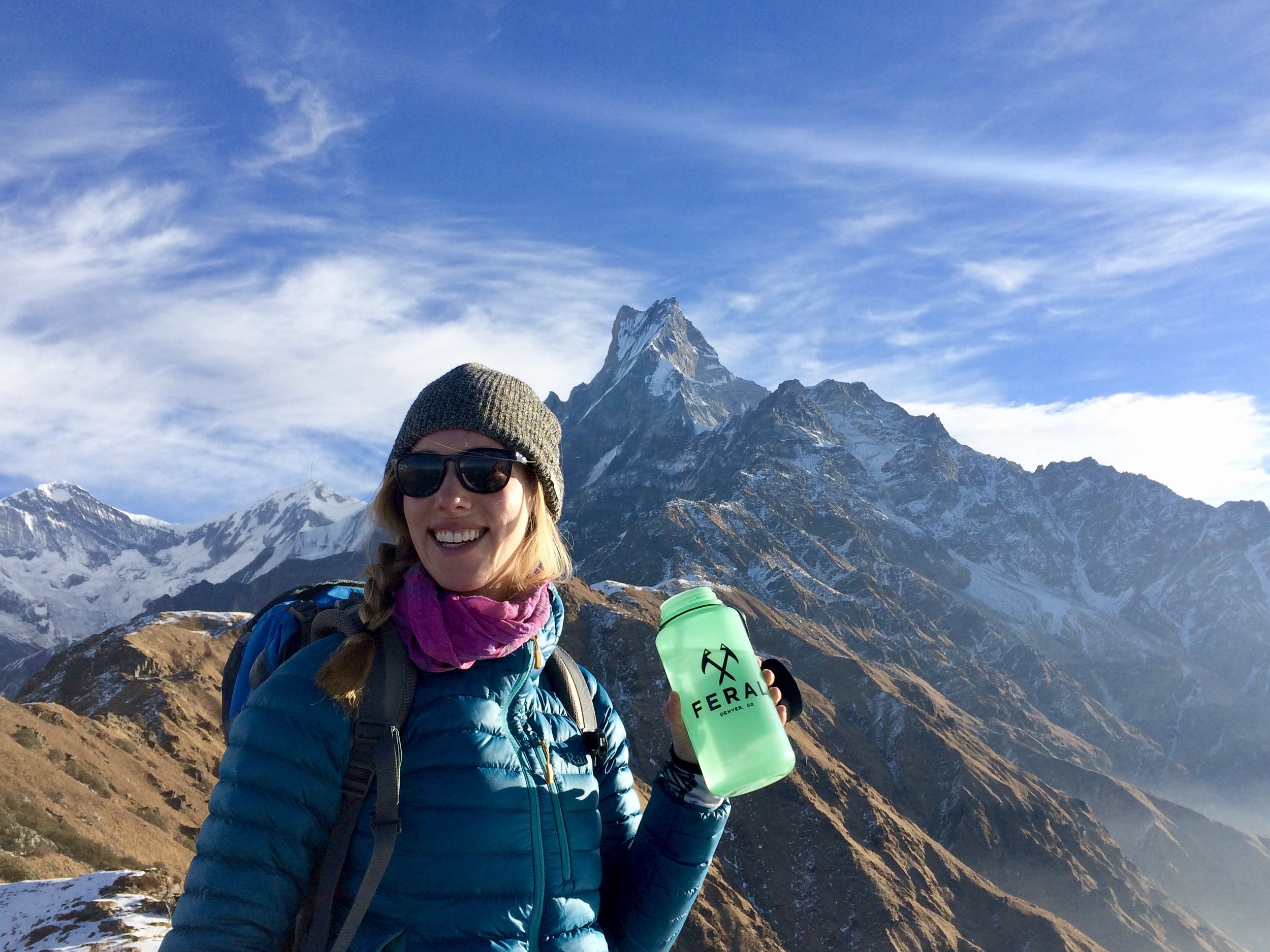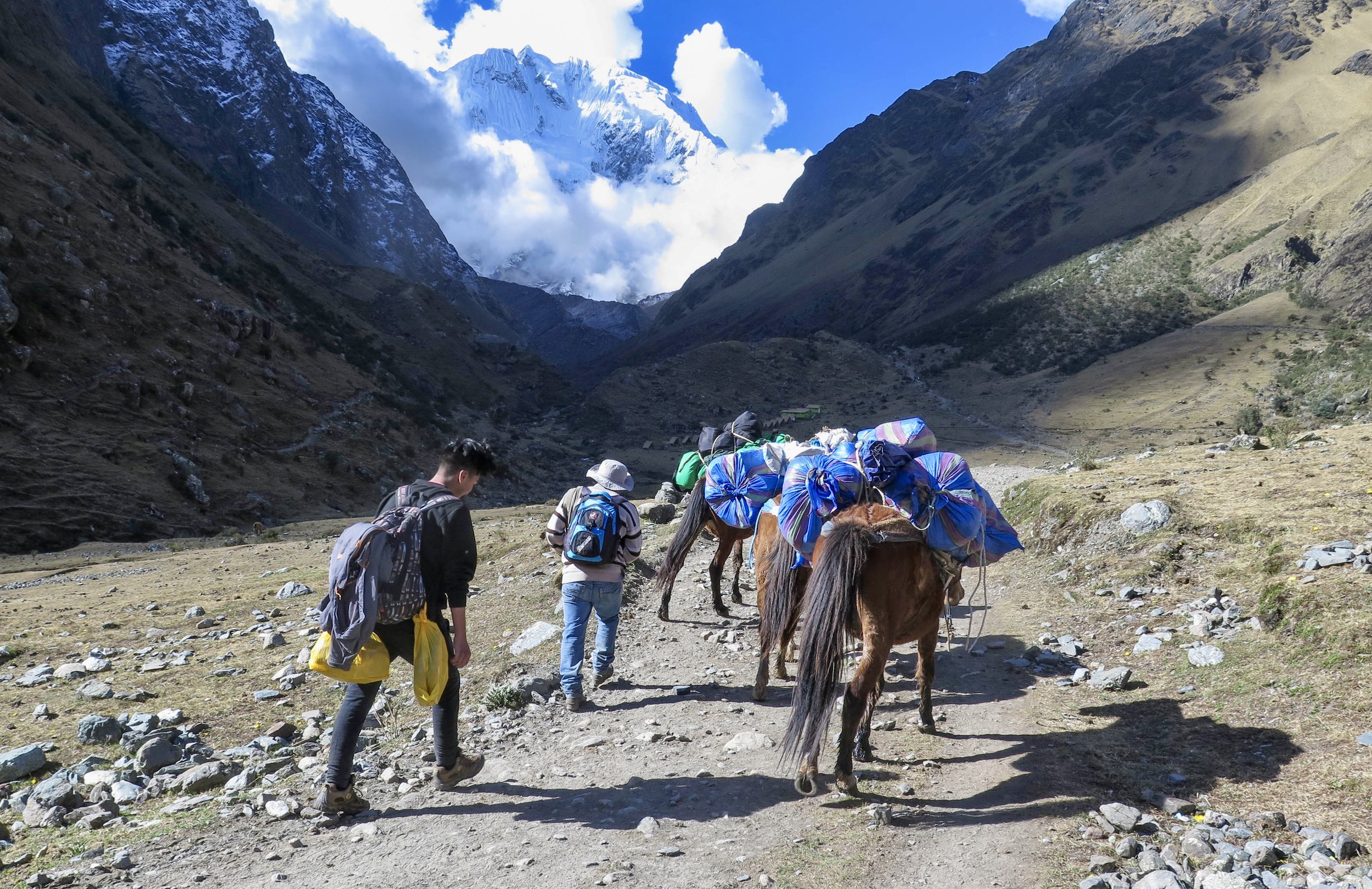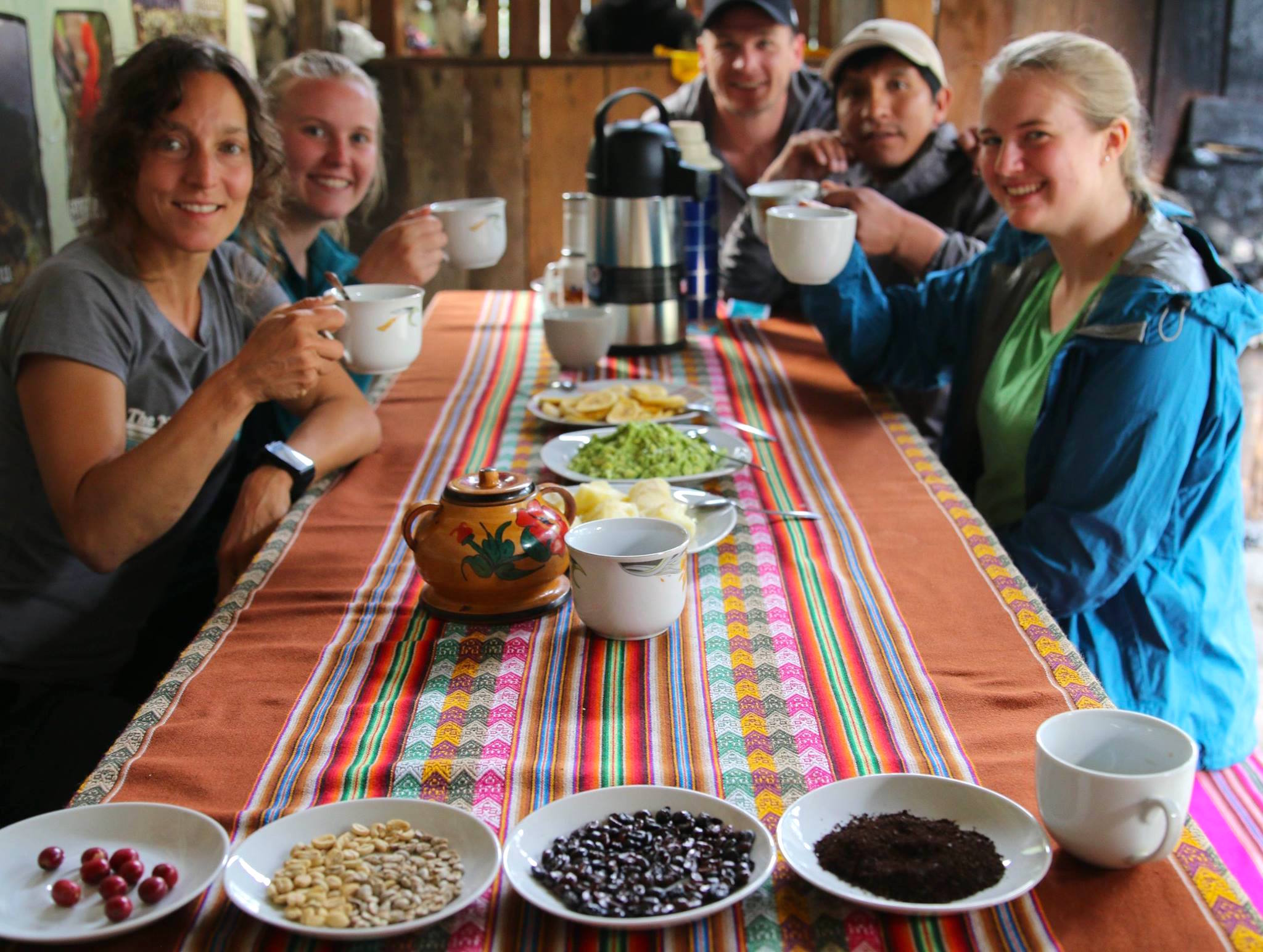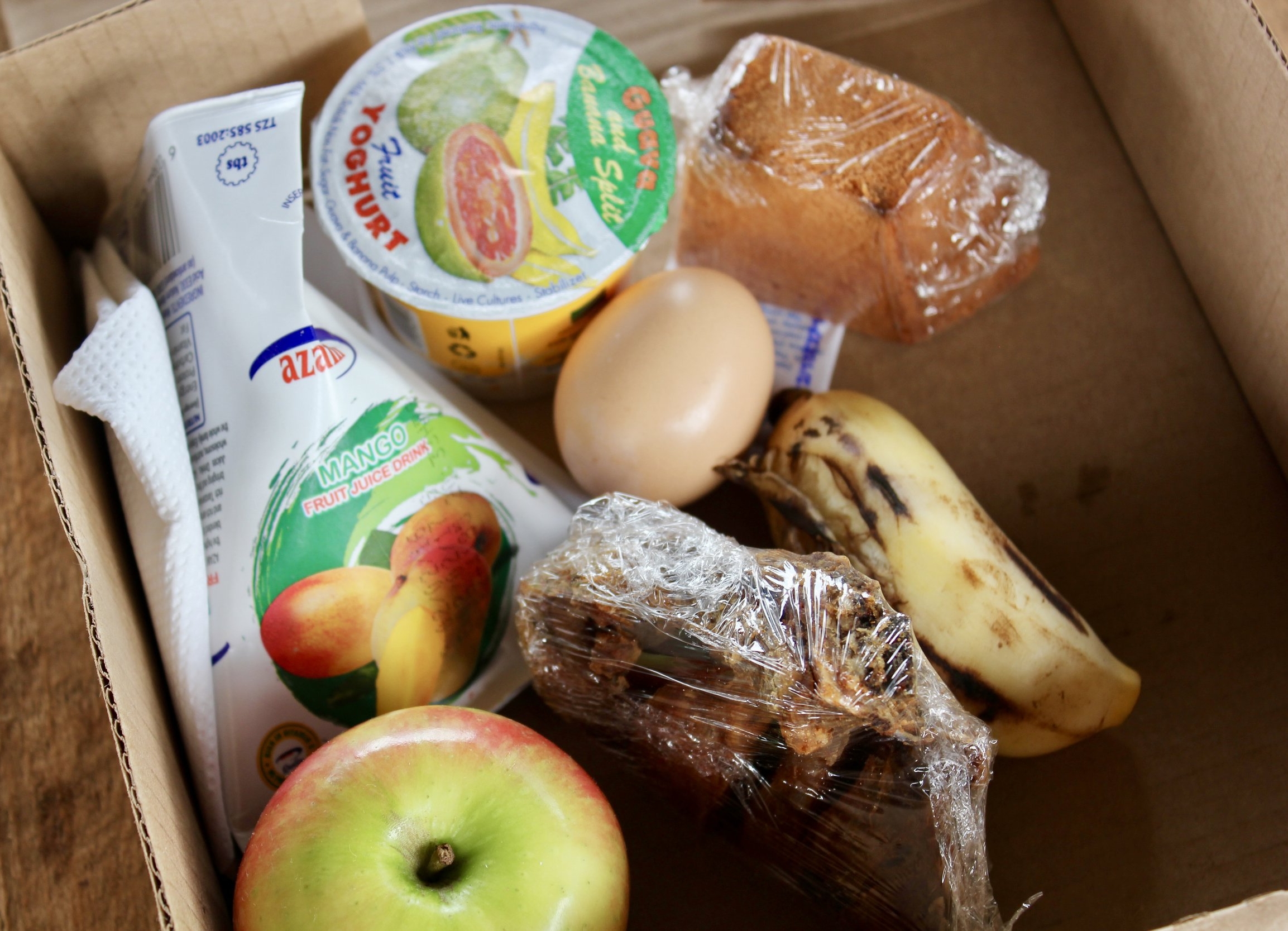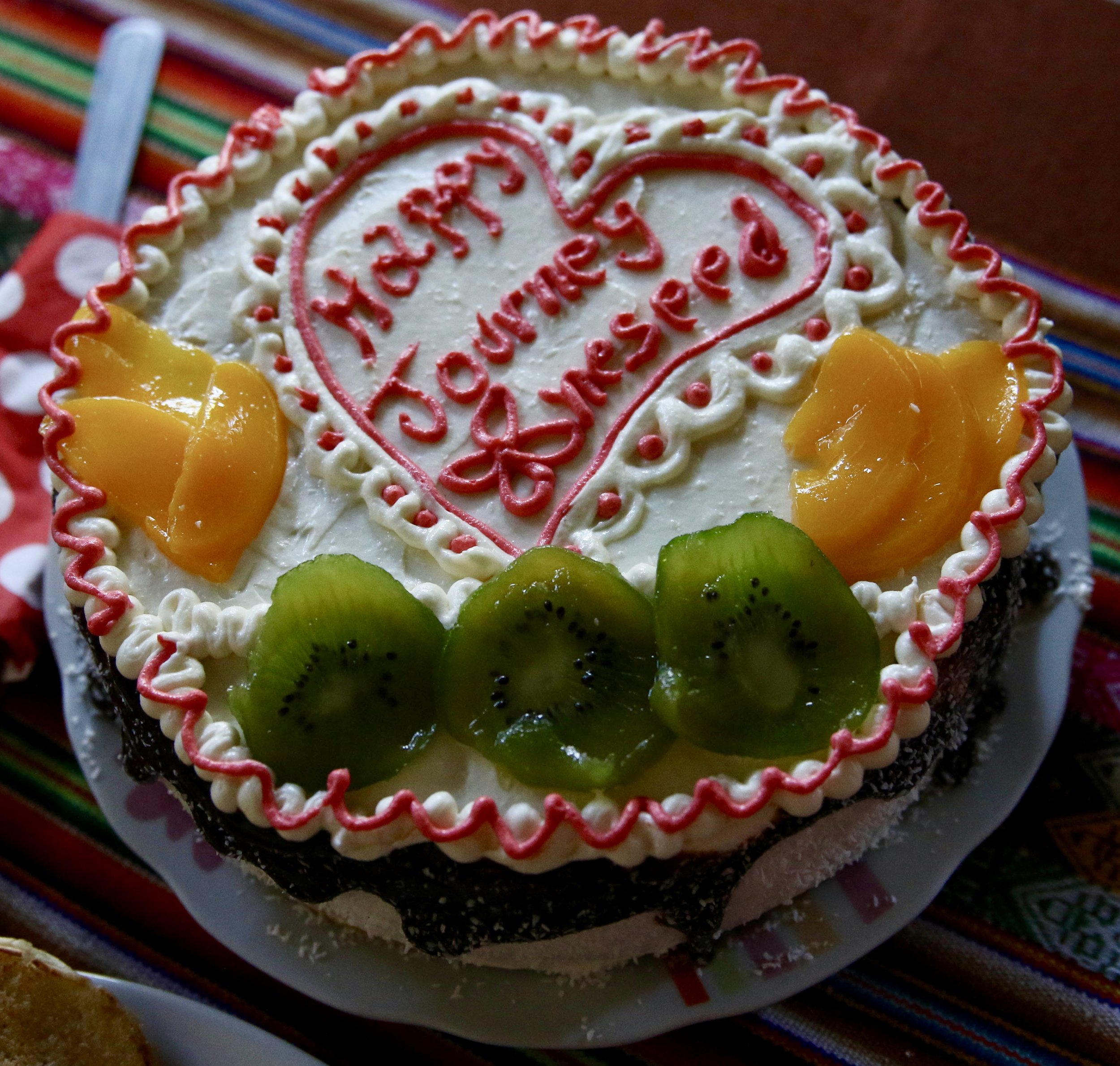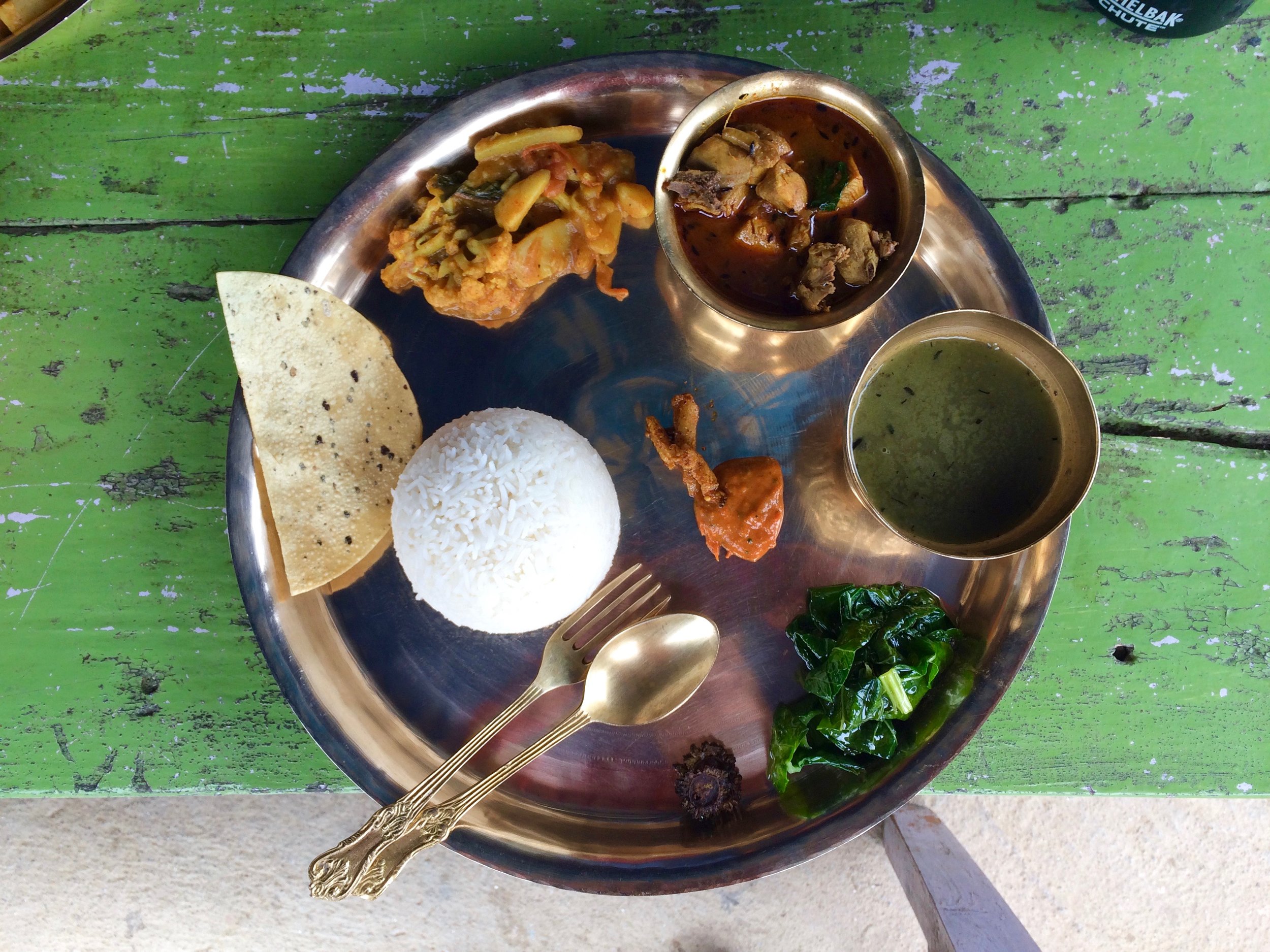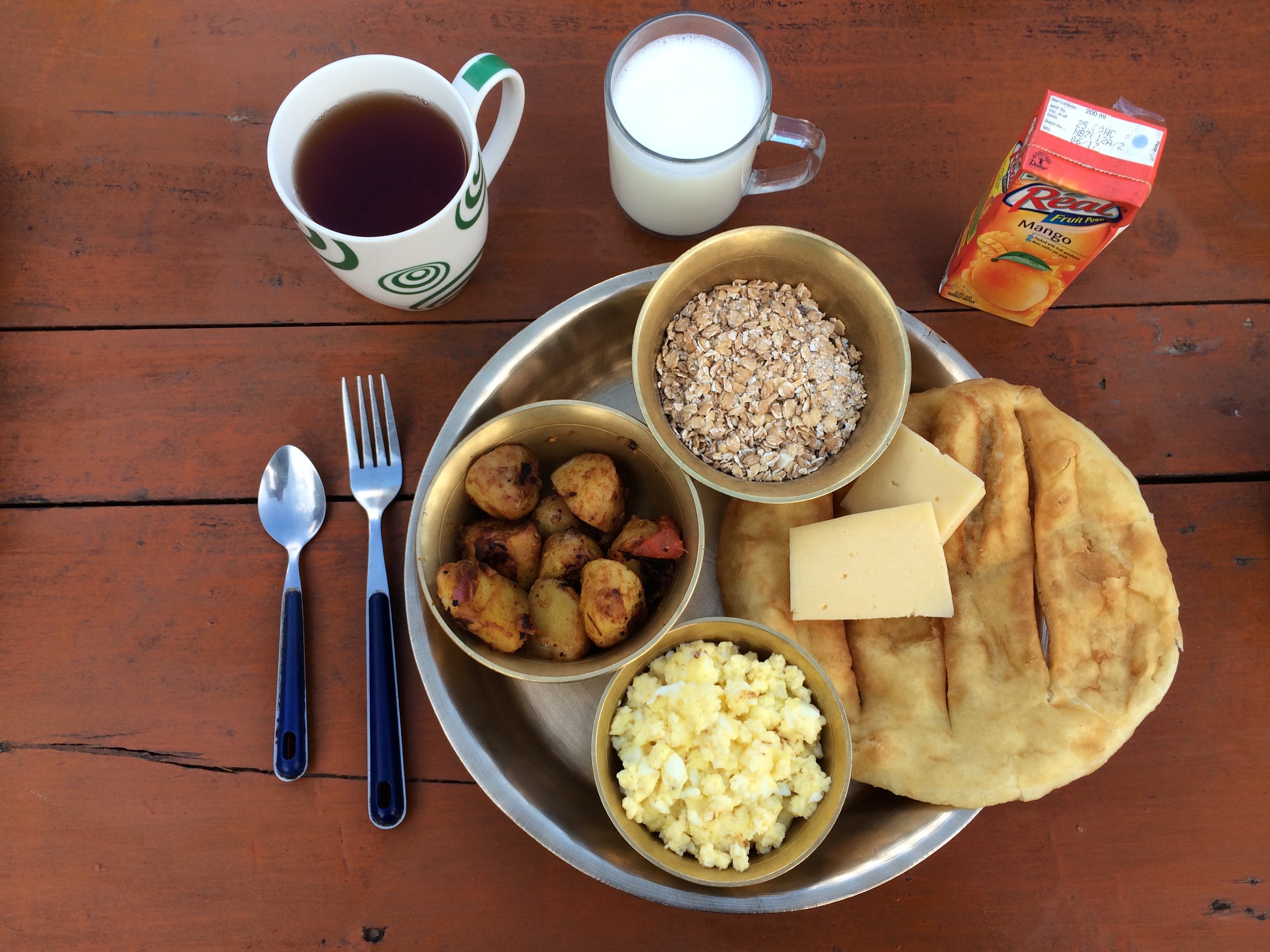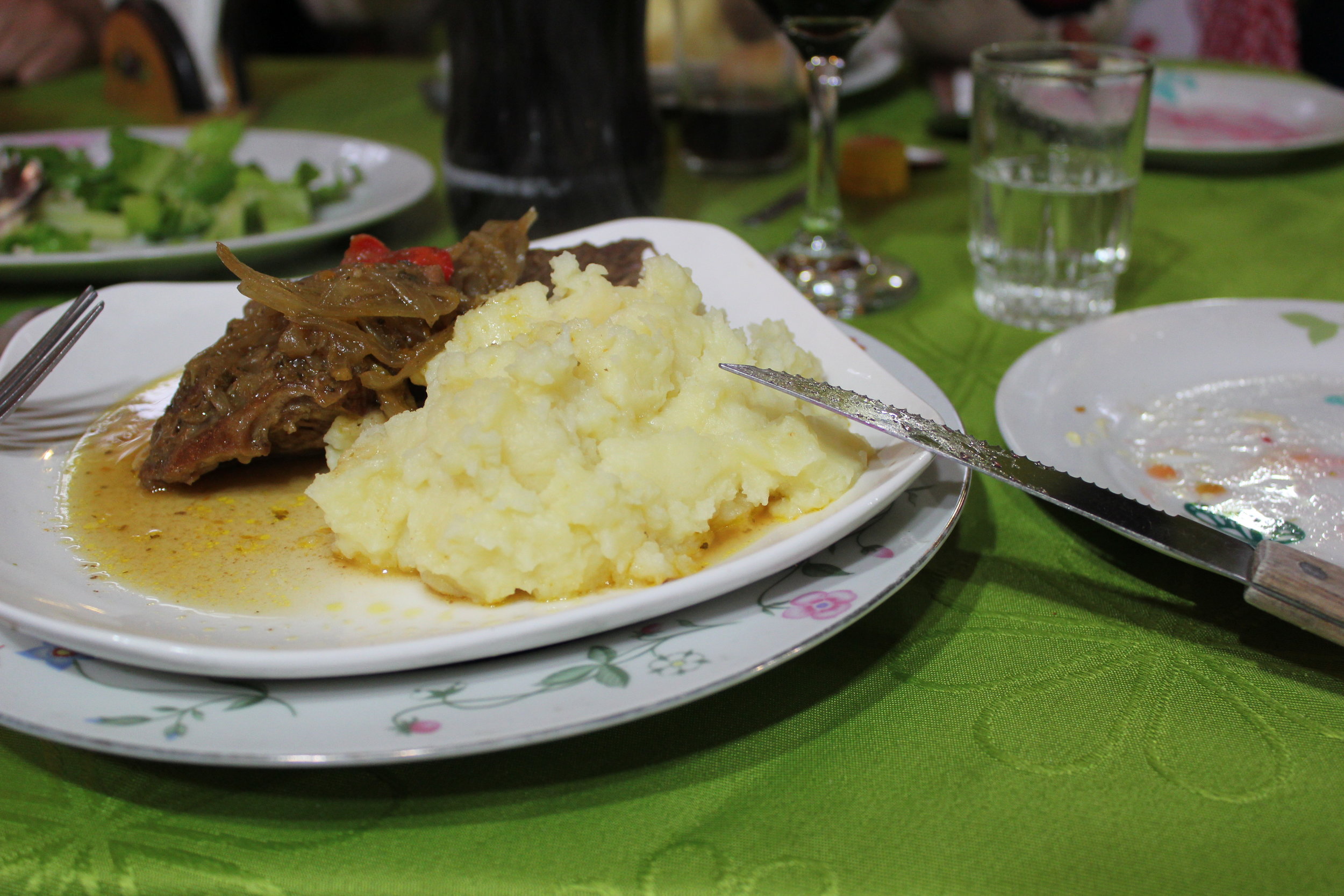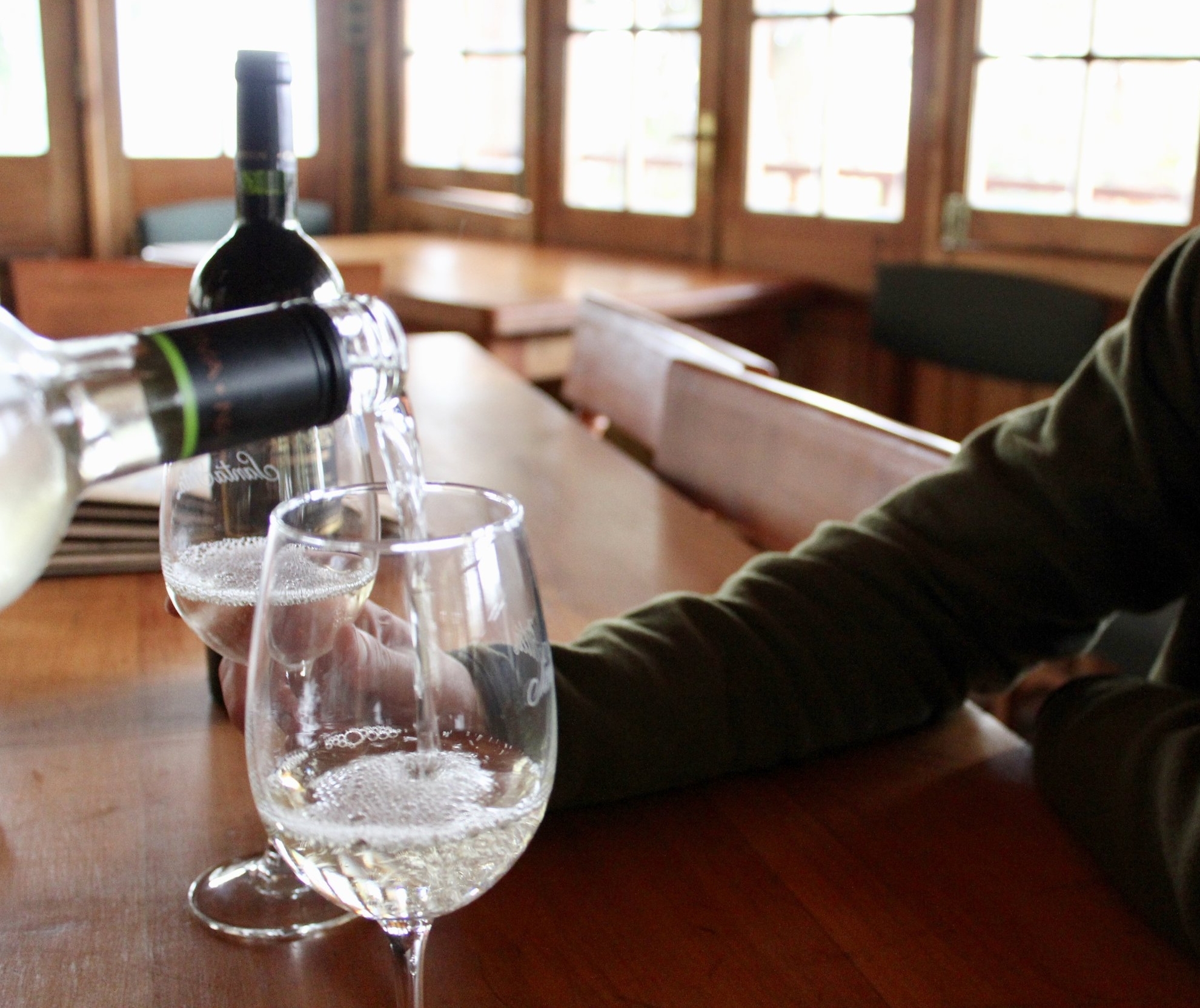The OneSeed OneStory series highlights the work of innovators and changemakers around the world. Interested in sharing your story? Contact us at info@oneseedexpeditions.com.
We often think of adventure and exploration in terms of the remote and exotic. We summit peaks and explore the unchartered pieces of the map. But there's something to be said for the type of exploration that come from simply slowing down and noticing the world around you. Walk2Connect, a Denver-based walking cooperative is doing just that.
Launched by Jonathon Stalls following a 3,030 mile walk across the U.S. in 2010, Walk2Connect "works hard to help people and communities become healthier and more connected while also advancing awareness on the importance of walkable community design and the pedestrian experience."
With their team of six Professional Member-Owners, over 200 trained Walking Movement Leaders, 150 Life@3MPH Champions, and a host of Community Partners, Walk2Connect leads 30-45 walking, hiking, and rambling experiences throughout Colorado every week. In 2015, they hosted over 877 walking trips across open spaces, down city alleyways, and through some of the forgotten corners of the Denver metro area.
"We're a walking platform for people, places, and community," says Stalls. "Walk2Connect is a grassroots movement connecting people to others, to the places they live, and to themselves at a one to three mile per hour pace. As our co-op culture expands and we inspire more individuals and communities to move and connect in this way, we hope to slowly launch new strategies for planting new walking communities outside of Colorado."
Whether you're gearing up for your next expedition or you just got back from a trek that you can't let go, Walk2Connect provides the community to keep on truckin'.
Interested in learning more? Join the movement: http://walk2connect.com
Interested in exploring partnership opportunities? Follow #lifeat3mph to share your walking stories and to stay engaged with the movement.






















